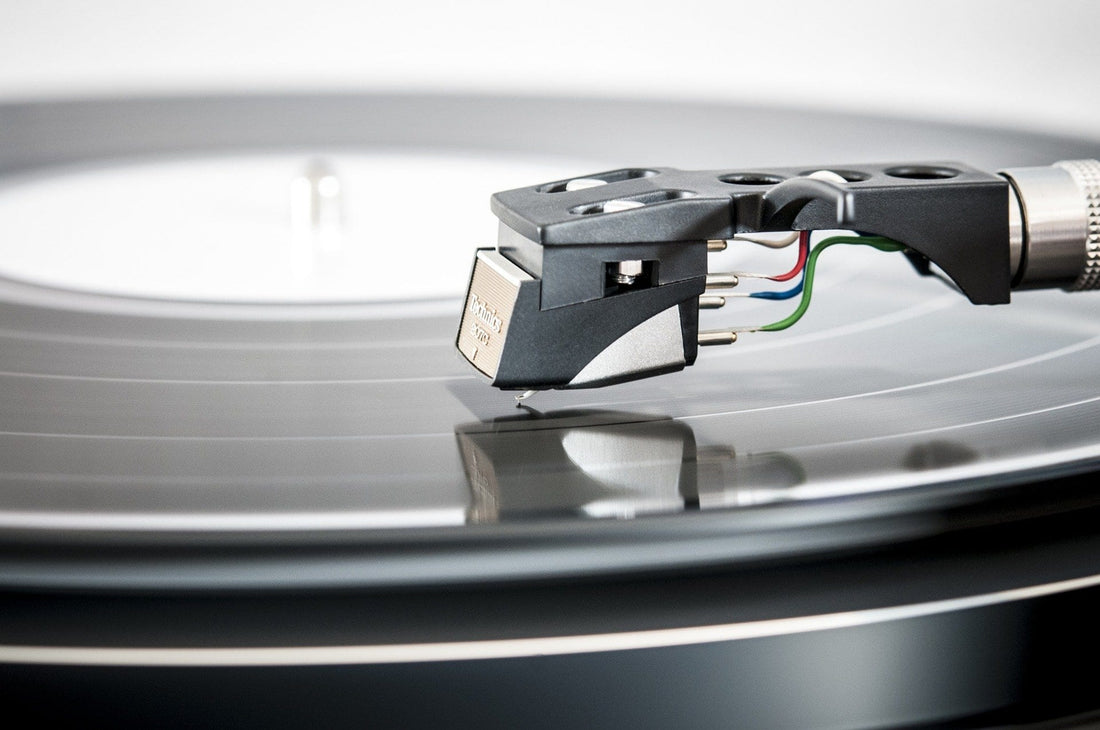There's no free lunch when it comes to engineering. Every design is fraught with compromises to make it work.
One great example is the differences between moving magnet and moving coil cartridges.
A moving magnet phono cartridge places a tiny magnet atop the cantilever. In close proximity are two big coils of wire. As the magnet moves in concert with the vinyl grooves, an electric field is generated and we hear sound. The advantage of this design is high output signal level. The compromise is that the magnet has a lot of mass for the stylus to move.
A moving coil phono cartridge is the opposite of a moving magnet. Instead of the heavy blob of magnetic material atop the cantiliever, we instead mount two tiny coils of wire in close proximity to some big magnets. As the coils move in concert with the vinyl grooves, an electric field is generated and we hear sound. The advantage of this design is less mass on the stylus. The compromise is that the coils must be very tiny, resulting in less output (which is why we must add a head amp or step up transformer).
Neither of these schemes is perfect, but the moving coil is considered the better option.
We live with compromise on a daily basis. It's just part of the deal.
The trick is to choose what best fits your system from among the choices.









